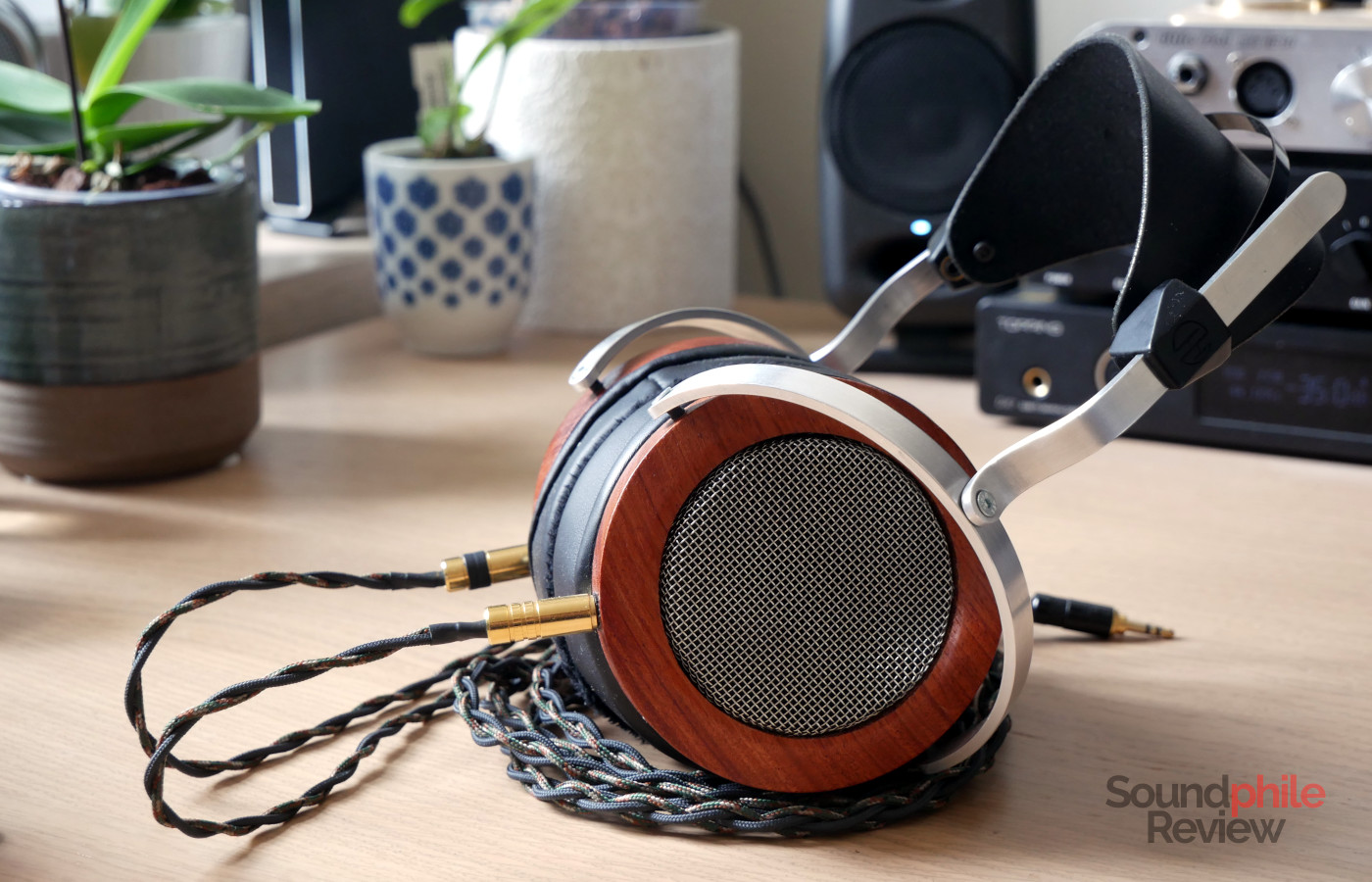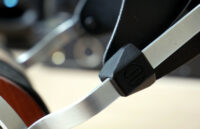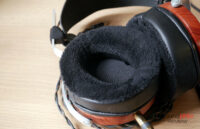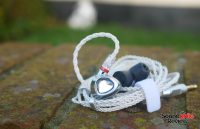When Hyland Headphones introduced the Eclipse, they also introduced an open-back version called the Venus. I had a chance to briefly listen to both of them back in early September last year and I was impressed with both headphones, as they were quite a step up from the Saturn One. The Venus in fact appear to take a page out of the Saturn One’s book and then take it from here to write a different story – one which, however, appears linked to the original one. Pitched as “romantic” headphones, the Venus are unapologetically meant to be fun and they certainly do deliver on that front.
Disclaimer: Hyland Headphones loaned me this unit in order to write this review. The Venus retail for £650.
TL;DR: recap
| Pros |
Cons |
| + Superbly made by hand
+ Lovely use of wood + Very good technical ability + The tuning offers lots of fun |
– A bit too much emphasis on treble |
Rating: 8/10
Packaging & Accessories
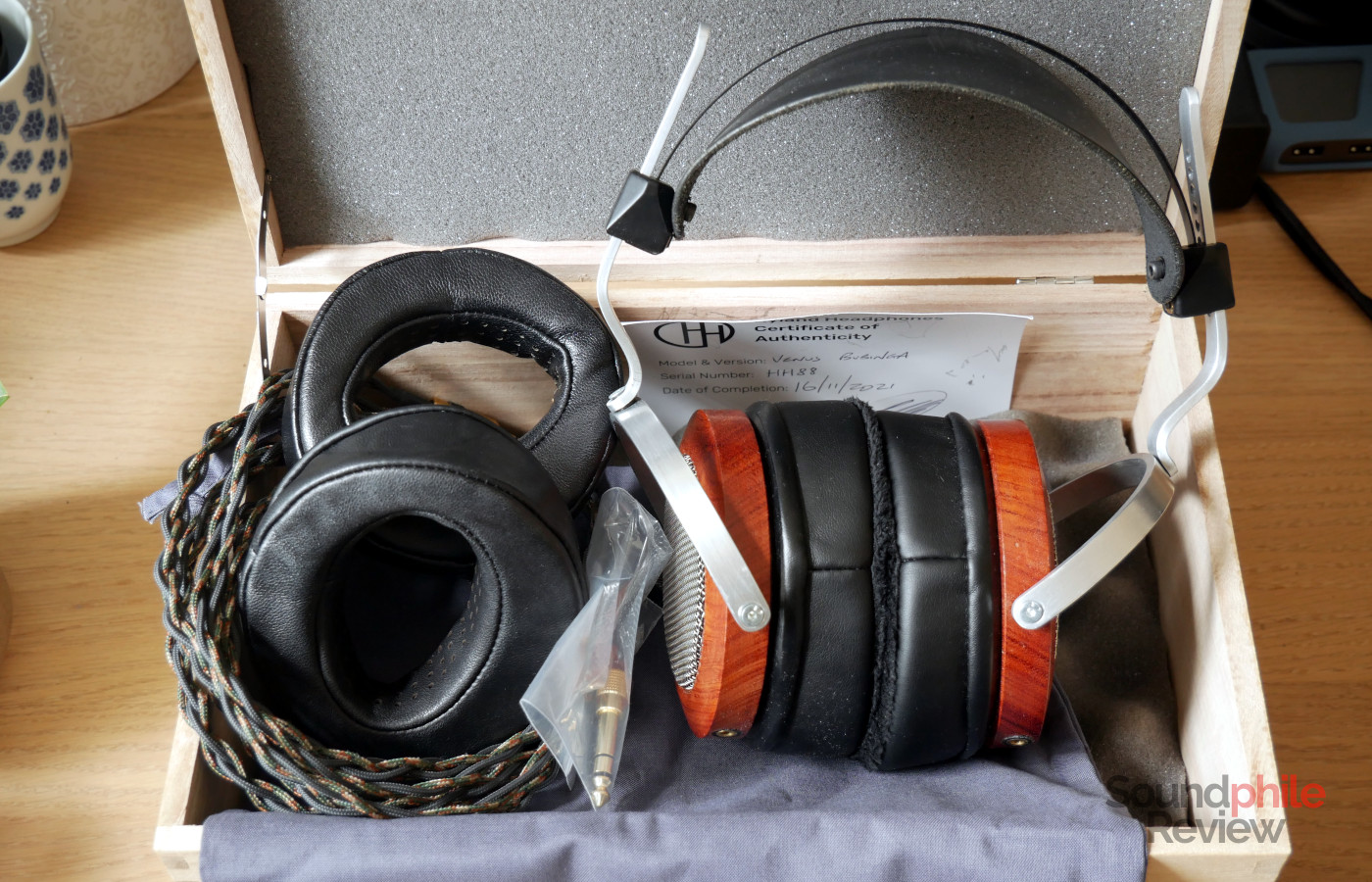
The Hyland Headphones Venus come in the standard packaging by the manufacturer: a wooden box lined with foam and containing the headphones themselves, the cable, a 3.5 mm to 6.3 mm jack adapter, an additional pair of earpads and a certificate of authenticity.
Design & Comfort
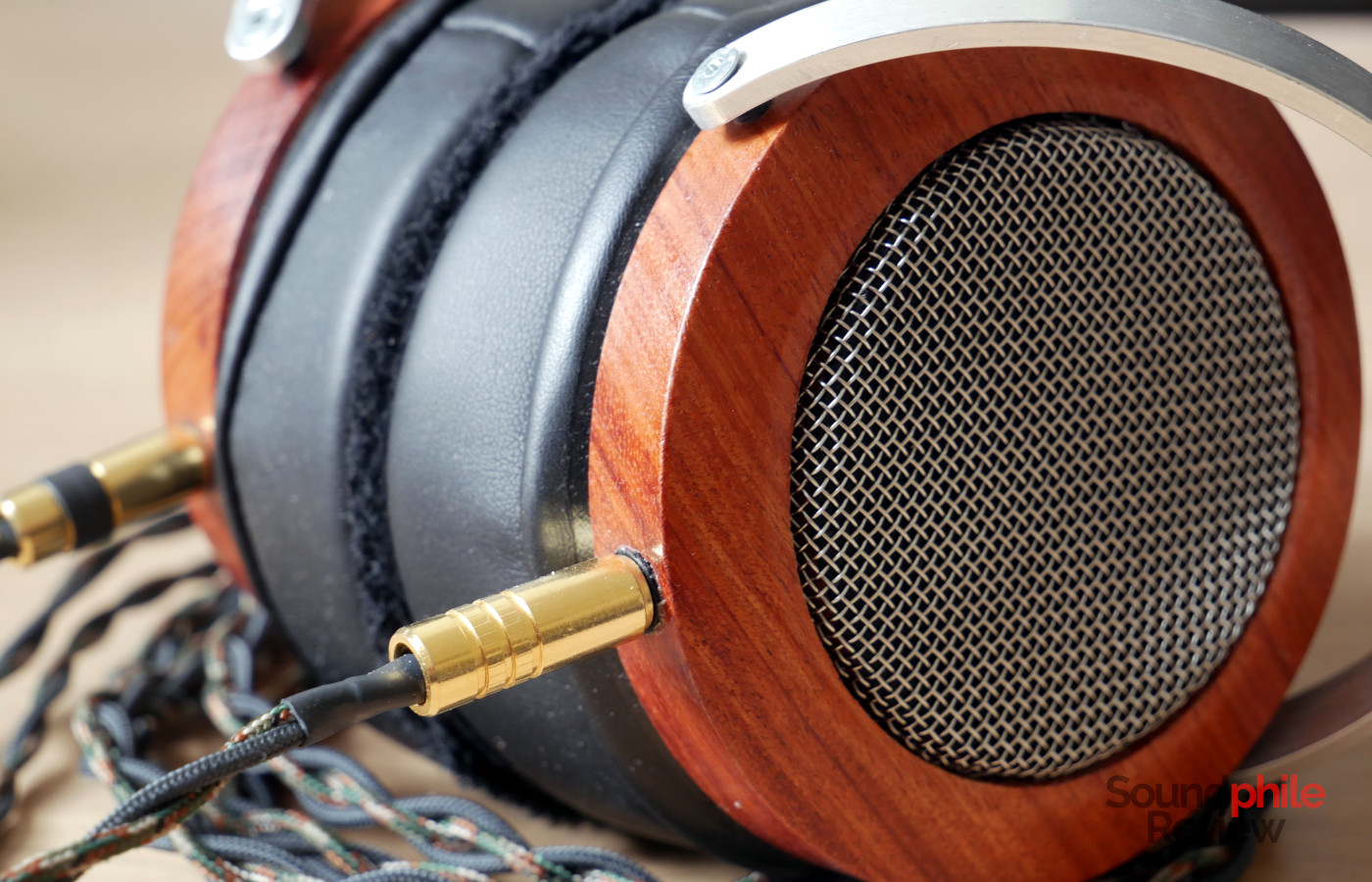
The Hyland Headphones Venus looks a bit like a larger Saturn One: the earcups are wider, with the wooden frame also being proportionally larger. That’s a wise design choice a it allows the wood’s grain to really pop up and become a noticeable part of the design. In the case of the unit I am reviewing, the wood used is bubinga, also known as the African rosewood. I quite like that the unit I received was made so that the grain is easily visible as it is just beautiful. Not only that, but the wood feels real, with a subtle roughness to it that feels a bit like old furniture – you can definitely tell that you’re touching the real thing and not a reproduction.
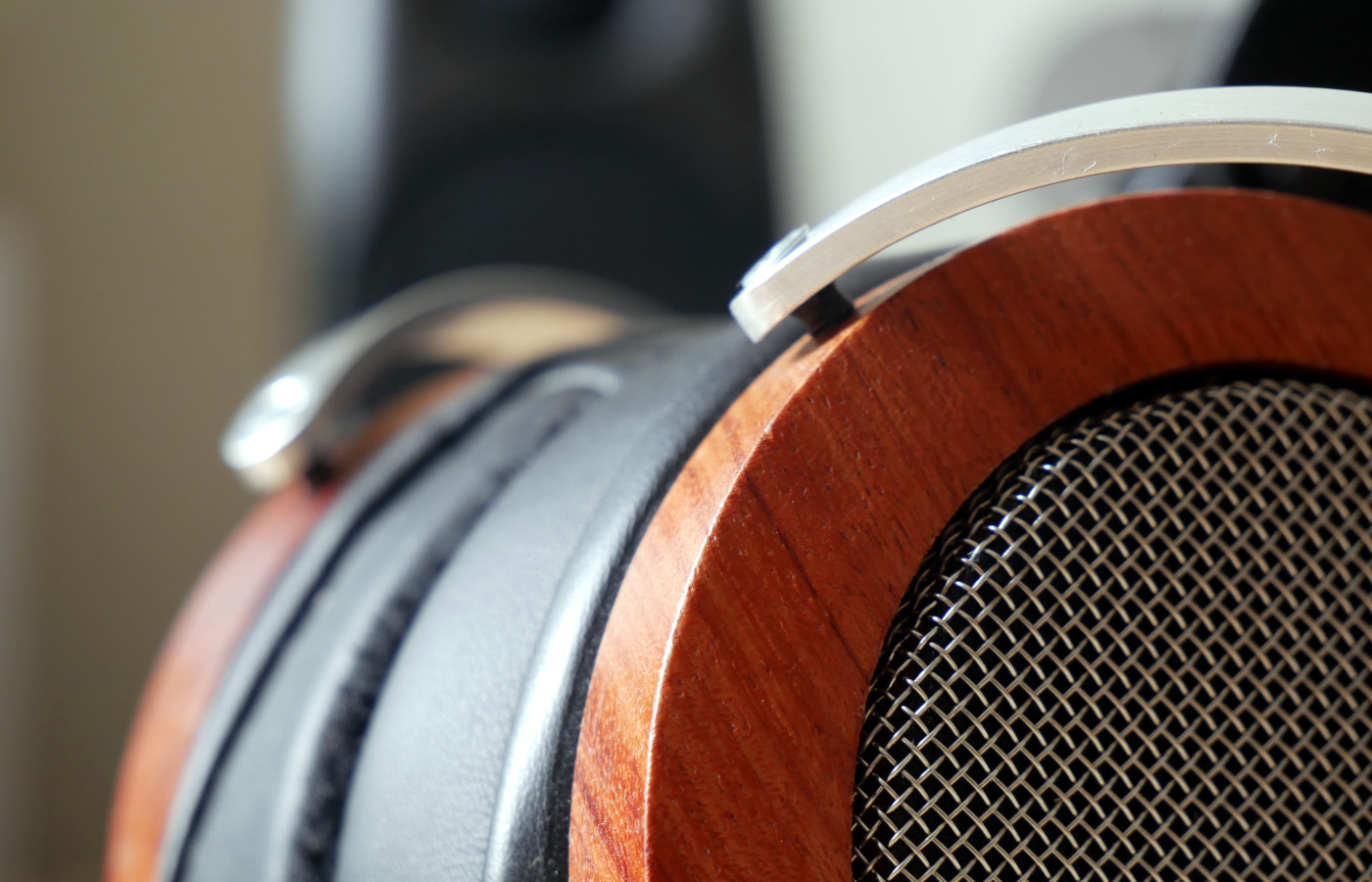
The cups are 9.5 cm in diameter, which makes them quite generous in size, while the grilles are 7 cm. The earcups are held by Hyland Headphones’ usual aluminium frame, with two 3D-printed black pieces that connect it to a steel band and a leather headband. There’s springs inside those pieces, so moving them up and down is met with some resistance as well as a satisfying “click” when they get in place.
The earpads are quite generously-sized as well, which means even people with relatively large ears like me can still find plenty of space in them. There are two different pairs provided: one is pure leather, while the other is leather and microfibre (which is a bit long and therefore looks a bit like fur); I find the furry ones to be more comfortable and also better in terms of sound (they tone down the treble a bit), but that’s down to personal preference. They are both quite comfortable as they’re very soft. The headband, too, is quite comfortable thanks to its large size and despite not having any padding. The Venus weigh 351 g (without the cable), which also helps with comfort.
As they’re open-back, the Venus offer no isolation whatsoever.
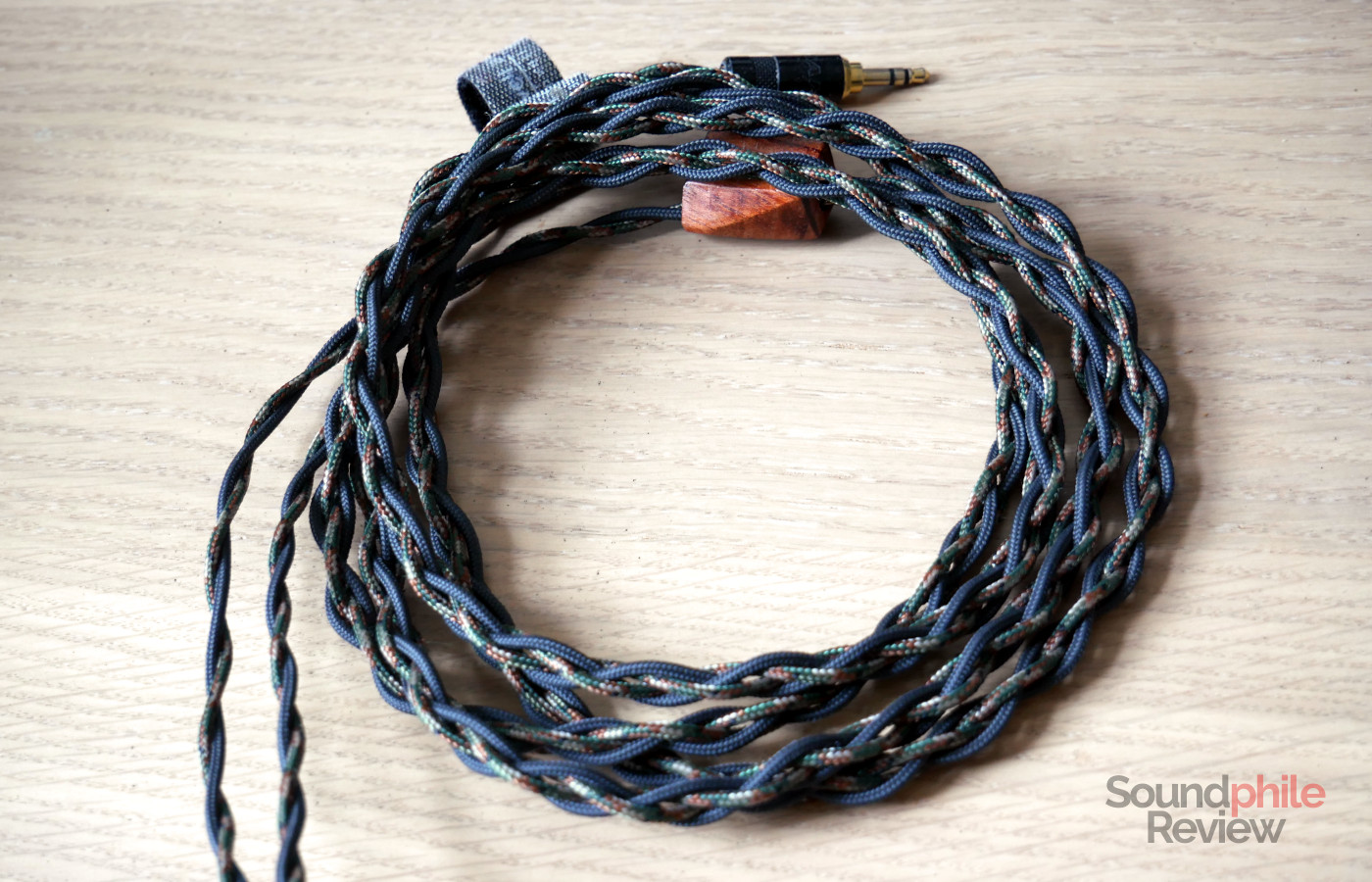
The cable my unit of the Venus came with is an upgrade over the stock one; it is made by NLovell Audio and is simply great. It has 3.5 mm jacks on both ends with two individually-sleeved core per channel; the unit I received has two colours for the sleeves: black and what appears to be camo (it’s a mix of green, beige and brown). It’s quite long, at about 2 m, and it has metal housings for the jack and a wooden Y-split. It’s really a great stock cable – much better than those of HiFiMAN headphones costing twice as much, as an example!
Sound & Specs
I’ve tested the Venus with a Topping DX7 feeding a Drop THX AAA 789.
Hyland Headphones Venus |
| Frequency response | N/A |
| Impedance | 32 Ω |
| Sensitivity | N/A |
For an open-back headphone, the Venus do not exactly sound expansive. In fact, they’re rather intimate. The sensation they give is that the sound is produced and happens near you, almost in an enclosed space, but then it expands inside a much wider space – which, incidentally, is exactly what is physically happening when you’re listening to music using open-back headphones! Imaging is influenced by this and therefore does not offer you a huge variety of unique positions, but it does place instruments with very good accuracy on the stage and with a certain nuance that goes beyond the classic left-centre-right triptych. Instrument separation is very, very good, as even in complex tracks you can always tell instruments apart.
Bass is emphasised quite a bit, especially in the lower mid-bass region where it has its peak, slowly descending on both sides. This makes the sound as a whole quite warm, with the emphasis on mid-bass that has an effect on the midrange as well – it tapers down slowly enough to make the lower mids more emphasised than the middle region. Bass is fast and impactful, also thanks to the large 50 mm drivers, and sports a relatively short decay for a dynamic driver which helps making it feel snappy. It has great texturing and lots of details that are always clearly audible.
Just like the signature as a whole, midrange is V-shaped, with the lower and especially the upper region being more emphasised than the middle one. I say “especially the upper region”, but midrange actually doesn’t sound bright; it overall sounds well enough balanced and, despite being a bit recessed, it’s always clearly audible and never sounds distant. Both male and female voices have good presence and tonality. Details are always clear and cleanly presented.
Treble is the only region which I personally find less than ideal on the Venus. Due to at least a couple of peaks, which I would place around 8 kHz and around 10 kHz, treble is sometimes a bit harsh and invasive. Tracks like Carbon Based Lifeforms’ Right where it ends, with their rich cymbals, can become a bit intense when listened to with the Venus. The good news, though, is that the quality is right there: details are in fact abundant, with rich layering and a lot of small nuances that pop out quite clearly. There’s also a great sense of air and lightness which complements the added emphasis on bass quite well.
Hyland Headphones Venus Comparisons
Let’s see how the Venus compare against the other headphones in Hyland’s line-up:
- Hyland Headphones Venus vs Hyland Headphons Eclipse: the Venus and the Eclipse are quite close but, quite unexpectedly, the Eclipse are the better version of the two. They share the same general tuning: subdued bass, bright mids and accentuated highs. There are some key differences, though, that set these two apart: the one that’s immediately noticeable is treble, which is quite stronger on the open-back Venus, while retaining most other features like the level of detail. Bass is also different in that it is a bit deeper and more physical on the Venus, with better overall speed – an advantage given by the open back. Midrange sounds much brighter on the Venus, where it also sounds a bit more distant; again, physicality is an advantage the Venus have. Soundstage, very surprisingly, is larger on the Eclipse! Imaging is comparable, while instrument separation is slightly better on the Venus.
- Hyland Headphones Venus vs Hyland Headphones Saturn One: the difference between the Venus and the Saturn One is stark and shows how far Hyland Headphones has progressed in its quest for better sound. The Venus are arguably better in almost every single way, starting with comfort (but not weight: the Saturn One are significantly lighter!). The general signature is similar, as both are V-shaped, but the Venus’ is much more refined, with better bass tuning and fewer peaks in the treble region (the Saturn One has quite a few). The Saturn One may be slightly more physical, but it’s almost academic. Soundstage is, curiously enough, wider on the Saturn One, while imaging and instrument separation are better on the Venus. All in all, the Venus appear and sound like a more refined version of the Saturn One.
Final Thoughts
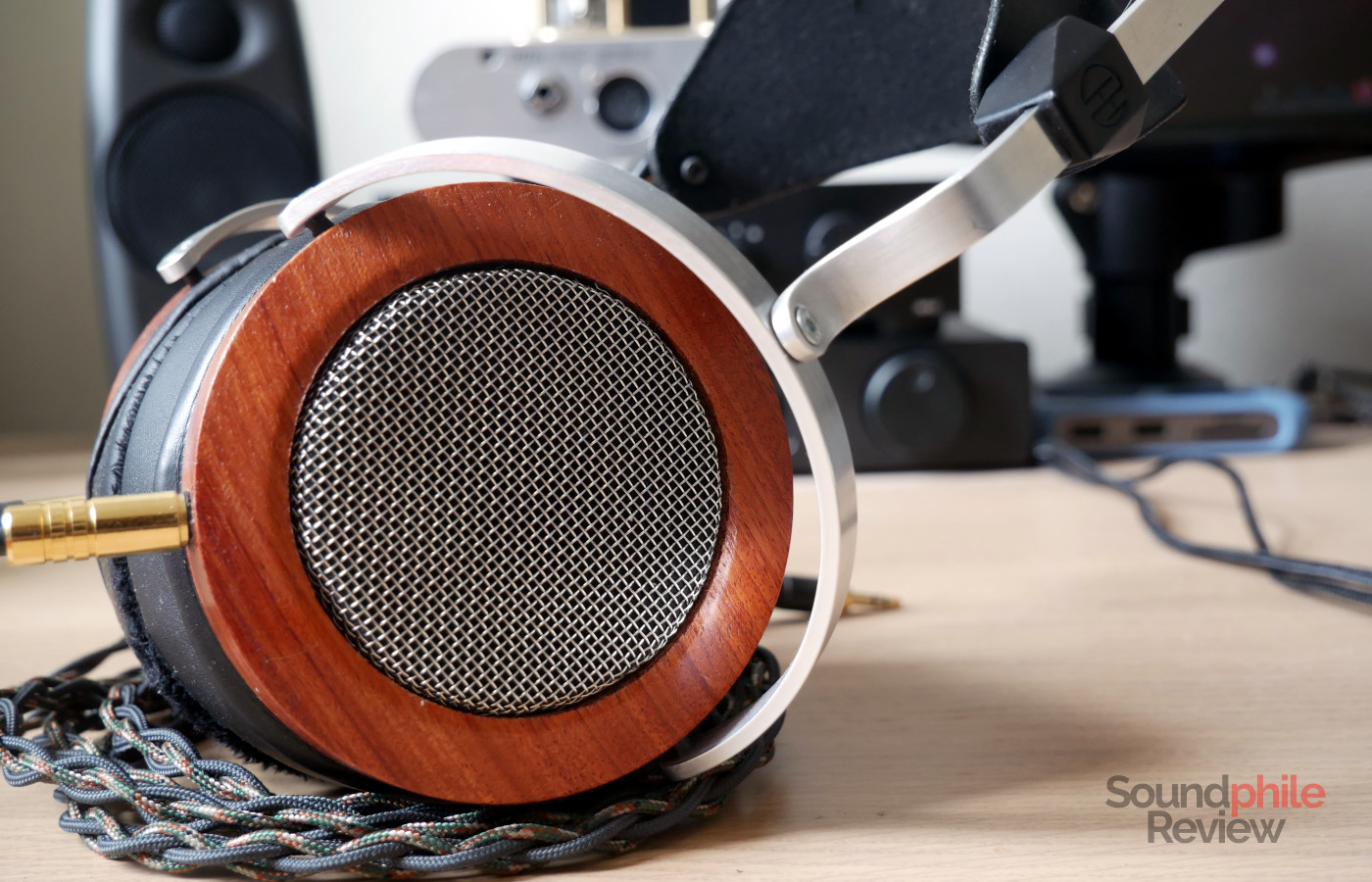
Hyland Headphones has considerably levelled up its game in just a few, short years. Their newest products, the Venus and the Eclipse, show how much the passion and hard work of one man can take some drivers coupled with what are ultimately pieces of wood and metal. The difference here is made by the crafting skills of Alex Hyland, who managed to create headphones with undoubted acoustic qualities. The Venus are regarded as the more “intimate”, “romantic” sounding of the new line-up, and for good reason: their V-shaped signature means that they are more orientated towards fun and excitement. If you are looking for those, the Venus provide ample amounts. If you’d like a more neutral signature, then these are definitely not going to fit the bill.
The one thing to remember, though, is that the Hyland Headphones Venus are hand-made – in fact, we might call them “boutique headphones”. They are made to order and this means they can be tailored to your needs, at least as far as the choice of wood goes. That gives you some tweaking with sound, as the type of wood does have an influence over the sound (though don’t expect massive changes). The possible downside to this is that the Venus come with a relatively high price tag of £650. That does sound like a fair price, though, once you factor in the fact that these headphones are made to order and customisable – and also plenty of fun to listen to.

